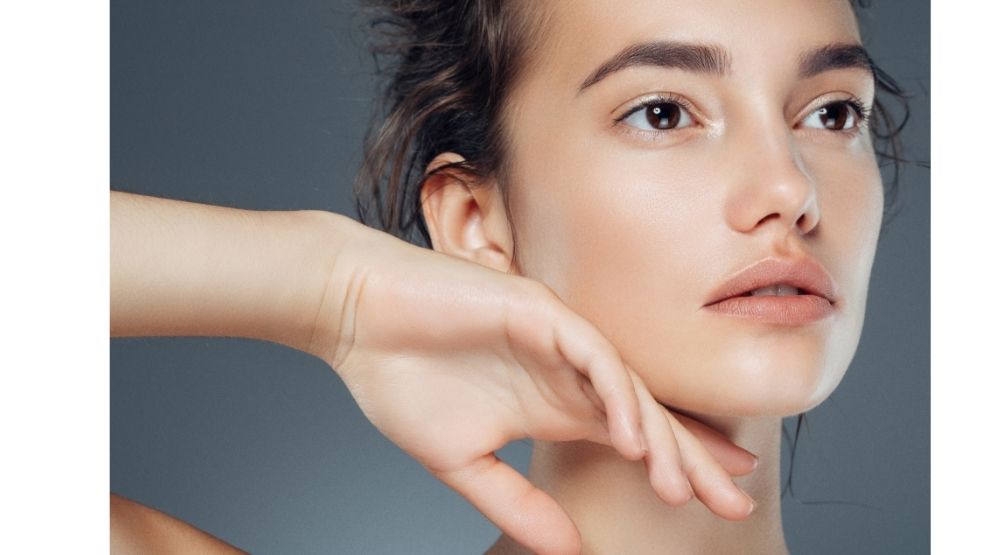In 2019 Harpers Bazaar published an article titled “Why nobody has facelifts anymore.” In the article, Lucia Ferrari noted that new technology was offering alternatives to beauty lovers afraid of looking “too ‘done’, puffed-up or just weird.”
While Millennials are spending big on plastic surgery and filler, trying to mimic the effects of social media filters, reputable plastic surgeons are acknowledging the potential downsides of surgical and penetrative intervention in young patients. Dr Jack Zoumaras, Secretary of the Australian Society of Plastic Surgeons wrote in an article on his website that fillers were designed for use on older clients, and when used on clients yet to experience the first signs of aging could “distort normal anatomy, create unusual morphing of the face and cause you to look older”
It also isn’t guaranteed to deliver the results clients are looking for. In 2013 The Journal of American Medical Association published a study that found while plastic surgery could make patients look younger, it did not make them more attractive. On average patients who received facelifts were assessed as roughly 3 years younger than their age, but Dr. A. Joshua Zimm said “surprisingly… we didn’t see a statistically significant attractiveness improvement.” This is somewhat unsurprising as skin health is one of the highest indicators of attractiveness – that translates to luminosity, tone and texture rather than facial structure (Philosophical Transactions B, Facial attractiveness: evolutionary based research, 2011)
This is generally what young people looking at aesthetic treatments are looking for. This new breed of non-invasive procedure provides powerful results without associated risks, cost or downtime.
In the interest of investigative journalism, I trialled HIFU, known as the “electronic” facelift. HIFU stands for High Intensity Focused Ultrasound, a treatment that creates heat deep within the skin, damaging targeted skin cells and promoting a reparative process. The treatment is extremely effective for correcting sagging in the jaw, cheeks and mouth and providing a contoured and lifted look.
Vikki Pow, manager at Body Catalyst, CBD, tells me they work with the Cluederm Ulfit, which benefits multiple treatment options. “Consultation is critical when we’re looking at what to recommend for people,” she says, “a big part of what we do is fat freezing, so we’re often looking at HIFU as a complementary or alternative treatment.” The 6-9mm cartridges on the HIFU device can be used on their own for body sculpting, but are particularly effective at tightening loose skin post weight loss.
Meanwhile, the 4.5mm cartridge is perfect for clients requesting Coolsculpting for the face – an inadvisable treatment in Vikki’s opinion. She explains: “you generally don’t want to permanently reduce weight in the face as that is where we want to keep structure and volume as we age. HIFU can be a great alternative in that instance.”

While the 4.5mm setting is used for the most dramatic results, Vikki says the 3mm and 1.5mm are popular with younger clients – “we call them the sculpt and the Hollywood.” I have a “skinny” face with not much cushioning; the 1.5mm is perfect as it targets the superficial layer – ironing out creepiness without causing discomfort. Vikki says therapists can also switch cartridges as they go – using 1.5mm on the eyes, forehead and mouth and 3mm on the cheeks for a truly tailored treatment.
The HIFU experience is quick and relatively painless – I would describe the sensation as a rubber band pulled taut beneath the skin. Within twenty minutes, I’m applying sunscreen and ready to go.
I’ve developed a “no pain, no gain” attitude to beauty after years in the industry, so given the brevity of the treatment, I wasn’t expecting dramatic results. I was surprised when a few weeks later, I started receiving compliments from people I see daily, asking what I’d been doing differently. My face was contoured, but my skin tone was also remarkably improved. It felt smooth, plush and porelessly luminous. I’ve since recommended the treatment to several friends who have had similarly blockbuster results.
The best part of HIFU is the results are long lasting, making it a competitive alternative to “semi-permanent” procedures. Compared to a facelift that can cost tens of thousands of dollars and requires a month of downtime, the HIFU treatments range between $600-1200, requires 1-3 sessions and once a year maintenance, I predict with cost-conscious millennials and Gen Z’ers having spent months staring down the barrel of their desktop camera on zoom calls, HIFU will be the treatment trend of the summer.
A version of this article appeared in the Professional Beauty September-October Technology issue, to read more from the edition, check out our digital magazine below.
Read the current issue of our digital magazine here:
- For more news and updates, subscribe to our weekly newsletter
- Follow us on Instagram
- Like us on Facebook
- Join Australia’s largest network of beauty industry professionals on LinkedIn
- Subscribe to our print magazine
Have an idea for a story or want to see a topic covered on our site and in our pages? Get in touch at info@professionalbeauty.com.au.

